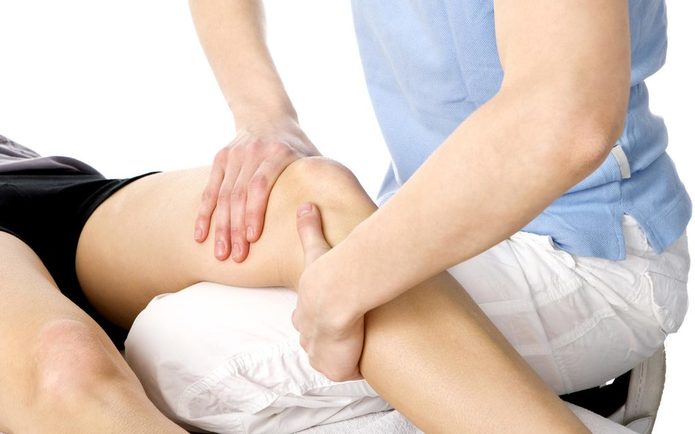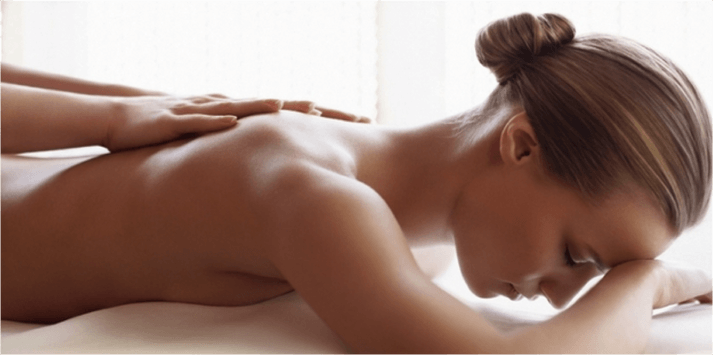Therapeutic applications of Massage:
The interest in therapeutic applications of Massage Therapy has increased significantly over the last 30 years. Numerous studies have been done for the purpose of determining the exact physiological effects caused by Massage Therapy. The experiments clearly show that every function of the Human body, benefit significantly from the various techniques or systems of massage. What became evident during these studies is that massages helps with pain relief and aid with the control or correction of many physiological and psychological diseases. The two most popular of these diseases that come to mind are stress and depression.
In this brief article, I will focus on how massage affects the muscular system. However, many of the intricate scientific details will be omitted. The purpose of this article is not to be an in-depth academic discourse on how massage affect your muscles, but to shine some light on an overlooked medium of keeping your muscles healthy.
Massage is the manipulation of the muscles:
Massage in its most basic view has to do with the manipulation of the muscles. This is not to say that massage does not affect other soft tissues such as bones, ligament, tendons, blood, and lymph vessels. It does. However, for the purpose of this article we will say that in its most basic description; massage is the manipulation of muscles. When we take into consideration that muscles constitute approximately 50% of the body’s mass and that it receives about 25% of the body’s blood supply, it should be clear that any direct manipulation of the muscles must have a significant effect on the entire body.
Massage is Exercise for the body:
I will take a very radical stance and say massage is like exercise for the body. Here is why. Although the muscles constantly receive a certain amount of blood supply, this supply is comparatively small except during activity. When the muscles are inactive, the blood goes around them rather than through them. But the moment activity of the muscles begins, there is a great increase in their blood supply even before any significant increase in heart rate occurs. The same phenomenon happens when the muscles are massaged. A recent study showed that blood flow to the muscle was increased by 42% following a mere 10 minutes of massage and the increase lasted nearly 45 minutes. Here is a simple explanation. The push, pull, and twist movements of massage produce suction and pumping effect on the muscles, moving the contents of the veins and lymph channels. This creates a vacuum to be filled by a fresh supply of fluid derived from the capillaries and the surrounding tissues.
Massage Feeds Your Muscle Without Exhausting It:
One very important effect this has on the muscle is that the increased blood supply induced by massage naturally improves its nutrition. Experience shows that when systematically and regularly applied, massage produces an actual increase in the size of the muscular structures. The muscle is also found to have an increase in resting length and become more pliable. Massage feeds a muscle without exhausting it. In this respect it differs from exercise. The improvement in regards to the increase in size or length is seldom noticeable within a short term. However, the most noticeable effects should be expected after about two or three months of regular massages. It is my position that massage is not a substitute for exercise. Exercise directly affects the whole motor mechanism – nerve center, nerve, and muscle – while massage affects chiefly the muscles directly, and the nervous system indirectly.
Massage Fights Muscle Fatigue:
Fatigue is another popular complaint we have all experienced at some point. Numerous experiments have shown that massage decreases abnormal degrees of muscular irritability. Some studies conclusively show that toxic substances that are produced as the result of muscle work leads to the phenomena we call muscle fatigue. This fatigue is due to the influence of these substances upon the nervous and muscular systems. Stiffness and soreness of muscles, which occur from secondary fatigue, resulting from excessive exercise can also be relieved by massage. Moreover, the fact that a fatigued muscle can be restored to full strength in a short time by applying massage is a testament to its effectiveness.
Energy Matter’s In Massage:
Before I close, I will bring up the topic of energy. If you think the therapist or client’s energy doesn’t matter, think again. Experiments have demonstrated something extraordinary. With each muscular contraction an electrical discharge takes place. This is called an “action potential”. The study further shows the muscle as a sort of electrical accumulator and generator at the same time. Electricity is always being generated and stored by the mechanical and thermal activities which are constantly taking place within a muscle. Now here is what’s really interesting. A muscle may be excited by induction, which simply means the muscle can produce “electromotive force in a neighboring body without contact.” Therefore, a person being massaged may be positively influenced by the highly charged muscles of their Massage Therapist just by being in the massage room. The implications of this finding is something to consider the next time you go to get a massage.
In closing, I’m glad you read this far. Massage can help your muscles to be stronger, healthier and more flexible. This is significant considering that 50% of your body mass is muscle, I see this as a good thing for you overall health.
Till next time, cheers to your health!!
Abaigeal Bass.
References:
( Carfareli,Flint 1992) “The role of massage in preparation for and recovery from exercise.” Sports Medicine Vol 14. No.1:1-9.
DeLisa, Joel A. and Bruce M. Gans 1993) Rehabilitation Medicine: Principles and Practice, 2Ed. Philadelphia: J.Lippincott.
Gelb, Harold. 1985 Clinical Management Of Head Neck and TMJ Pain and Dysfunction, 2nd Ed. Philadelphia: W.B. Saunders Company.
Wood, Elizabeth, and Paul Becker. 1981 Beard’s Massage, 3rd Ed. Philadelphia: W.B. Saunders Company.
Yates, John. 1990. A Physician’s Guide to Therapeutic Massage: Its Physiological Effects and Their Application to Treatment. Vancouver: Massage Therapist’s Vancouver: massage Therapist’s Association of British Columbia.
www.dictionary.com/browse/induction




